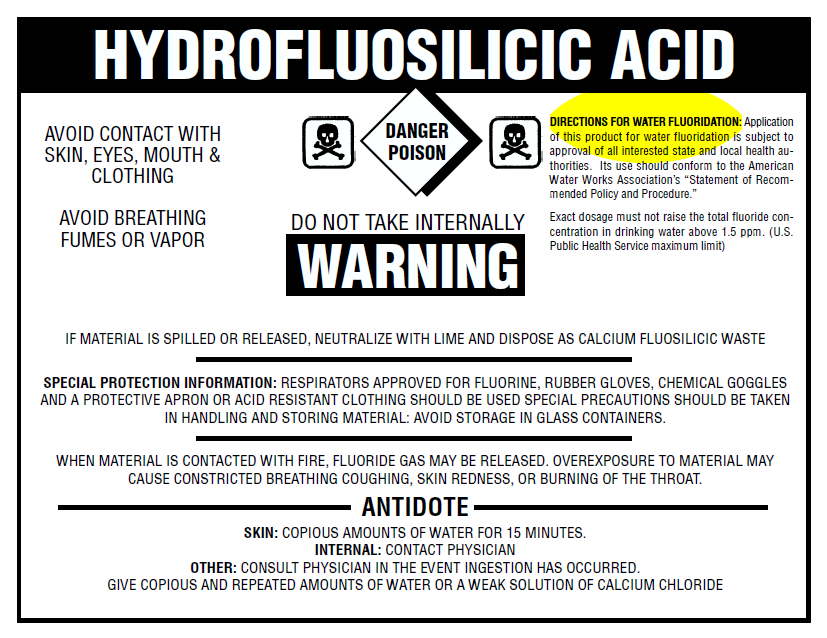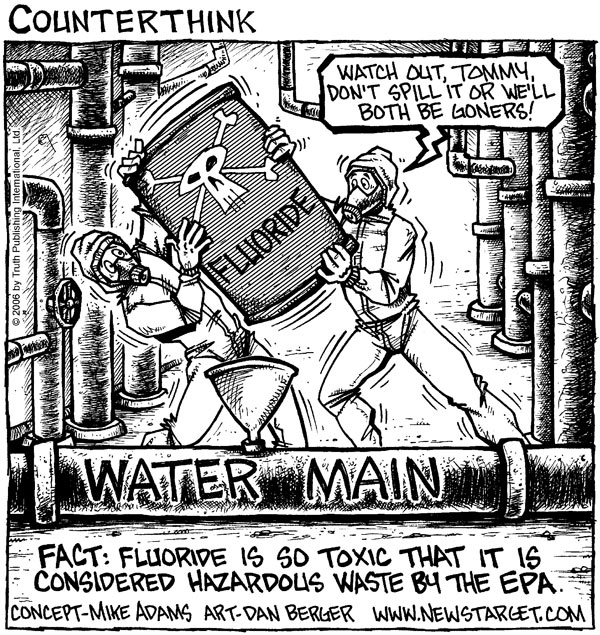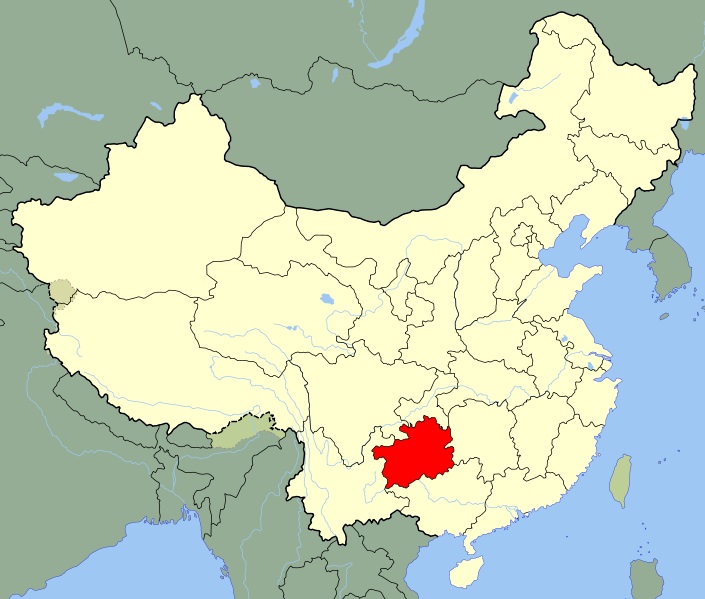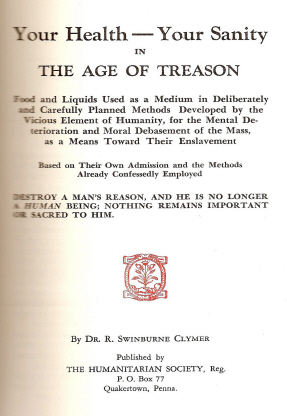Fluoride is THE main ingredient in rat poison.
Fluoride is THE main ingredient in Sarin nerve gas.
Fluoride is THE main ingredient in Prozac.
Fluoride destroys the brain (accumulates the pineal gland), the bones, the organs and causes cancer.
Hitler and Stalin used it in concentration camps and gulags as mass control instrument to make the prisoners docile.
Guess why fluoride is really added to your drinking water?
Over 170 million people, or 67 percent of the United States population drink fluoridated water. 43 of the 50 largest cities in the country are fluoridated.
Here is some documentation on the adverse effects of FLUORIDE
1. Fluoride exposure disrupts the synthesis of collagen and leads to the breakdown of collagen in bone, tendon, muscle, skins, cartilage, lungs, kidney and trachea.
A.K. Susheela and Mohan Jha, “Effects of Fluoride on Cortical and Cancerous Bone Composition,” IRCS Medical Sciences: Library Compendium, Vol. 9, No.11, pp. 1021-1022 (1981); Y. D. Sharma, “Effect of Sodium Fluoride on Collagen Cross-Link Precursors,” Toxicological Letters, Vol. 10, pp. 97-100 (1982); A. K. Susheela and D. Mukerjee,
“Fluoride poisoning and the Effect of Collagen Biosynthesis of Osseous and Nongaseous Tissue,” Toxicological European Research, Vol. 3, No.2, pp. 99-104 (1981); Y.D. Sharma, “Variations in the Metabolism and Maturation of Collagen after Fluoride Ingestion,” Biochemica et Biophysica Acta, Vol. 715, pp. 137-141 (1982); Marian Drozdz et al., “Studies on the Influence of Fluoride Compounds upon Connective Tissue Metabolism in Growing Rats” and “Effect of Sodium Fluoride With and Without Simultaneous Exposure to Hydrogen Fluoride on Collagen Metabolism,” Journal of Toxicological Medicine, Vol. 4, pp. 151-157 (1984).
2. Fluoride stimulates granule formation and oxygen consumption in white blood cells, but inhibits these processes when the white blood cell is challenged by a foreign agent in the blood.
Robert A. Clark, “Neutrophil Iodination Reaction Induced by Fluoride: Implications for Degranulation and Metabolic Activation,” Blood, Vol. 57, pp. 913-921 (1981).
3. Fluoride depletes the energy reserves and the ability of white blood cells to properly destroy foreign agents by the process of phagocytosis. As little as 0.2 ppm fluoride stimulates
superperoxide production in resting white blood cells, virtually abolishing phagocytosis. Even micro-molar amounts of fluoride, below 1 ppm, may seriously depress the ability of white blood cells to destroy pathogenic agents.
John Curnette, et al, “Fluoride-mediated Activation of the Respiratory Burst in Human Neutrophils,” Journal of Clinical Investigation, Vol. 63, pp. 637-647 (1979); W. L. Gabler and P. A. Leong, ., “Fluoride Inhibition of Polymorphonumclear Leukocytes,” Journal of Dental Research, Vol. 48, No. 9, pp. 1933-1939 (1979); W. L. Gabler, et al., “Effect of Fluoride on the Kinetics of Superoxide Generation by Fluoride,” Journal of Dental Research, Vol. 64, p. 281 (1985); A. S. Kozlyuk, et al., “Immune Status of Children in Chemically Contaminated Environments,” Zdravookhranenie, Issue 3, pp. 6-9 (1987)
4. Fluoride confuses the immune system and causes it to attack the body’s own tissues, and increases the tumor growth rate in cancer prone individuals.
Alfred Taylor and Nell C. Taylor, “Effect of Sodium Fluoride on Tumor Growth,” Proceedings of the Society for Experimental Biology and Medicine, Vol. 119, p. 252 (1965); Sheila Gibson, “Effects of Fluoride on Immune System Function,” Complementary Medical Research, Vol. 6, pp. 111-113 (1992); Peter Wilkinson, “Inhibition of the Immune System With Low Levels of Fluorides,” Testimony before the Scottish High Court in Edinburgh in the Case of McColl vs.
Strathclyde Regional Council, pp. 17723-18150, 19328-19492, and Exhibit 636, (1982); D. W. Allman and M. Benac, “Effect of Inorganic Fluoride Salts on Urine and Cyclic AMP Concentration in Vivo,” Journal of Dental Research, Vol. 55 (Supplement B), p. 523 (1976); S. Jaouni and D. W. Allman, “Effect of Sodium Fluoride and Aluminum on Adenylate Cyclase and Phosphodiesterase Activity,” Journal of Dental Research, Vol. 64, p. 201 (1985)
Read moreScientific Facts on the Biological Effects of Fluoride








